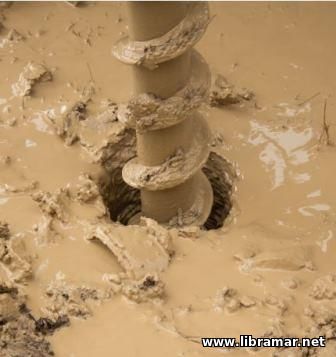
The composition of the drilling fluid and control of its properties concern every member of the drilling crew because they affect the safety of the workers as well as the success of the drilling operation. How well the composition of the fluid meets well requirements is determined only by performance in the hole. If the fluid fails in some essential function, the composition can be altered to bring about the needed change in properties, provided the relationship between function, composition, and properties is recognized.
The nature of a suspension such as drilling fluid is that fine particles of solid materials are mixed throughout a liquid medium.
In water-base drilling fluids, water is the medium. It is said to be the “continuous phase”. The particles, such as clay, shale, barite, and other solids-are said to be the “dispersed phase”. That part of the drilling fluid in which particles are dispersed so finely as to be invisible when viewed through an optical microscope is called the colloidal, or reactive, fraction. Solids such as sand that remain inactive in the dispersion are referred to as the inert, or non-reactive, fraction. The control of water-base fluids deals mainly with the colloidal fraction, because it is the portion that can be enriched by the addition of clays, improved by chemical treatment, or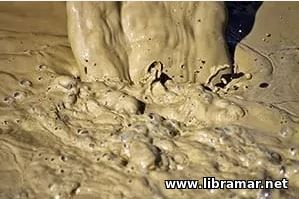 damaged by contamination.
damaged by contamination.
Clays can be defined in a number of ways, but their important characteristic, for drilling mud purposes, is the ability to absorb water and hydrate, or swell. The gelling and swelling qualities of clays give drilling fluid properties that make them different from other viscous liquids such as honey or lubricating oil. This tendency to hydrate, which is greater in some clay than in others, determines whether chemical treatment is needed to achieve the properties desired for a particular drilling situation.
Bentonite, commonly used colloidal clay, is predominantly montmorillonite, a clay mineral that disperses into small particles in water and hydrates, increasing viscosity and reducing filtration. Native clays, on the other hand, usually hydrate only slightly; when added to a fluid, they tend to remain inert, increasing the viscosity of the mud only slightly. Clay yield refers to the number of barrels of drilling fluid with a viscosity of 15 centipoises (cp) that can be obtained from 1 ton of material. The defining value for yield is 15 cp because the critical part of the clay yield curve for all types of mud appears at that point. Additions of clay up to 15 cp promote little viscosity.
Other useful information about a mud can be obtained by considering its clay constituents. For example, about 20 pounds per barrel (lb./bbl.) of bentonite is required to produce a 15-cp viscosity drilling fluid. Such a fluid would contain 6 percent solids by weight, yield 90 bbl./ton, have 2.5 percent solids by volume, and weigh about 8.6 pounds per gallon (ppg).
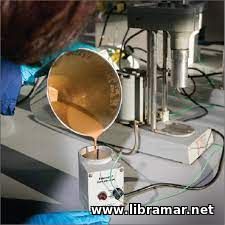 The quality of the water used to make up and maintain water-base drilling fluids affects the way fluid additives perform. Clays have the greatest yield in distilled water. Hard water - water that contains large quantities of calcium (Ca) and magnesium (Mg) salts - and brine waters reduce clay yield, usually resulting in poor mud performance. If the makeup water is salt water (having 10,000 or more parts per million [ppm] sodium chloride), native clay and Wyoming bentonite will lose a significant portion of their gelling and viscosity producing properties, and salt water clay may be substituted. Saltwater clays are composed chiefly of attapulgite, which gels and develops viscosity in saturated salt water in much the same way as bentonite does in fresh water.
The quality of the water used to make up and maintain water-base drilling fluids affects the way fluid additives perform. Clays have the greatest yield in distilled water. Hard water - water that contains large quantities of calcium (Ca) and magnesium (Mg) salts - and brine waters reduce clay yield, usually resulting in poor mud performance. If the makeup water is salt water (having 10,000 or more parts per million [ppm] sodium chloride), native clay and Wyoming bentonite will lose a significant portion of their gelling and viscosity producing properties, and salt water clay may be substituted. Saltwater clays are composed chiefly of attapulgite, which gels and develops viscosity in saturated salt water in much the same way as bentonite does in fresh water.
An understanding of the viscosity characteristics of clay-water mud is extremely important in drilling mud control. Good mud properties can be maintained only by controlling the concentration and quality of low-gravity solids. Solids picked up by the mud during drilling cause mud-treating problems. These drilled solids seldom provide adequate colloidal properties for good mud control; therefore, the nature of the solids already in the mud must be determined before treating the mud.
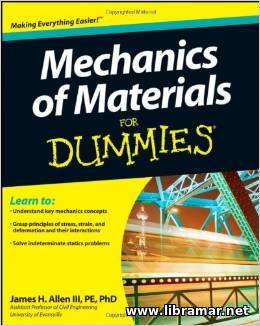
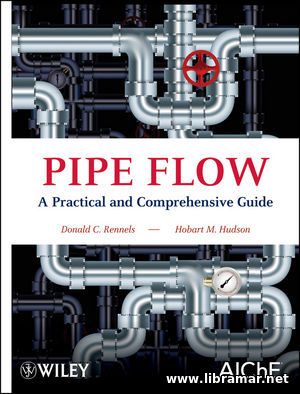
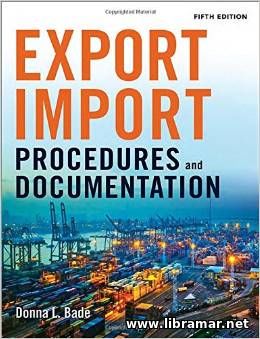
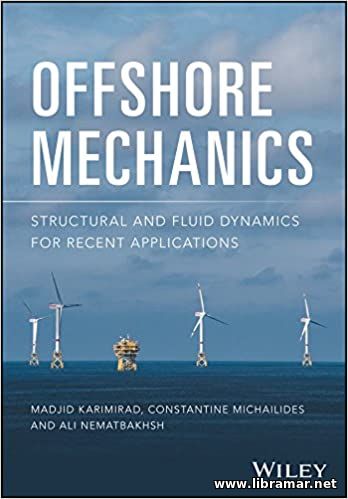
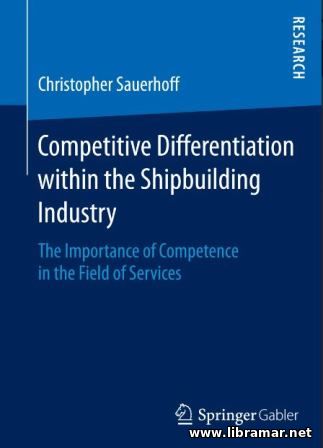

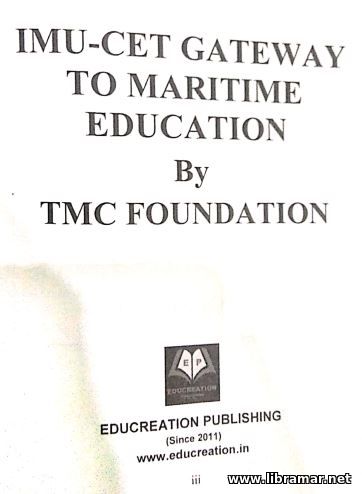

 damaged by contamination.
damaged by contamination.  The quality of the water used to make up and maintain water-base drilling fluids affects the way fluid additives perform. Clays have the greatest yield in distilled water. Hard water - water that contains large quantities of calcium (Ca) and magnesium (Mg) salts - and brine waters reduce clay yield, usually resulting in poor mud performance. If the makeup water is salt water (having 10,000 or more parts per million [ppm] sodium chloride), native clay and Wyoming bentonite will lose a significant portion of their gelling and viscosity producing properties, and salt water clay may be substituted. Saltwater clays are composed chiefly of attapulgite, which gels and develops viscosity in saturated salt water in much the same way as bentonite does in fresh water.
The quality of the water used to make up and maintain water-base drilling fluids affects the way fluid additives perform. Clays have the greatest yield in distilled water. Hard water - water that contains large quantities of calcium (Ca) and magnesium (Mg) salts - and brine waters reduce clay yield, usually resulting in poor mud performance. If the makeup water is salt water (having 10,000 or more parts per million [ppm] sodium chloride), native clay and Wyoming bentonite will lose a significant portion of their gelling and viscosity producing properties, and salt water clay may be substituted. Saltwater clays are composed chiefly of attapulgite, which gels and develops viscosity in saturated salt water in much the same way as bentonite does in fresh water.